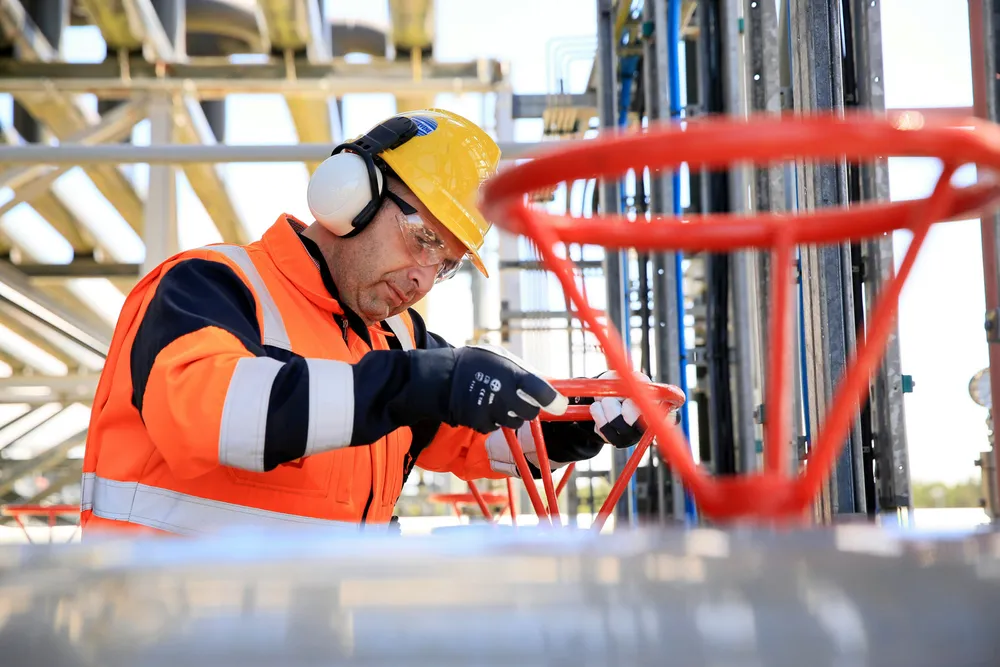Shell gives go-ahead to key renewable hydrogen plant in Holland
A 200 MW electrolyser is to be built on the Tweede Maasvlakte in the port of Rotterdam and will be operational in 2025

A 200 MW electrolyser is to be built on the Tweede Maasvlakte in the port of Rotterdam and will be operational in 2025
